(Prices correct as of today’s date, are updated daily, are subject to change and represent genuine availability at time of update).
Cruise only holidays are financially protected by ABTA. Fly cruise holidays are financially protected by Fred Olsen Cruise Lines under ATOL number 5016
Please click here to check the essential travel requirements before booking this cruise.
Want to add a hotel stay or change your flights?
Just call our team of cruise specialists to help build your dream cruise holiday today!
Prices based on 2 people sharing. Cruise only price does not include flights. Fly-cruise price may vary by chosen UK airport.
Itinerary
Rosyth
Edinburgh is to London as poetry is to prose, as Charlotte Brontë once wrote. One of the world's stateliest cities and proudest capitals, it's built—like Rome—on seven hills, making it a striking backdrop for the ancient pageant of history. In a skyline of sheer drama, Edinburgh Castle wat... Read More
Rosyth
At Sea
At Sea
Gdansk
Klaipeda
Saaremaa sadam
Riga
At Sea
Copenhagen
Kiel Canal Transit
At Sea
Rosyth
What's Included with
Fred Olsen Cruise Lines
Use of swimming pools, hot tubs, fitness centre and leisure facilities where available
Accommodation
Entertainment throughout the day and evening
Tea and coffee in seleted venues
Complimentary shuttle service from ship to port where available
Explore Balmoral




Ballindalloch Restaurant
Balmoral’s Ballindalloch restaurant offers a fantastic selection of expertly prepared delicious dishes to enjoy. Our delicious five-course á la carte menu changes each evening and is served to you by our attentive and friendly waiting teams.
Choose from mouthwatering steaks, perfectly cooked seafood and freshly made soups; all accompanied by bread baked on board each day. Take the chane to sample our Treats of the Region dishes, created in line with the destinations you are visiting on your Fred. Olsen cruise.


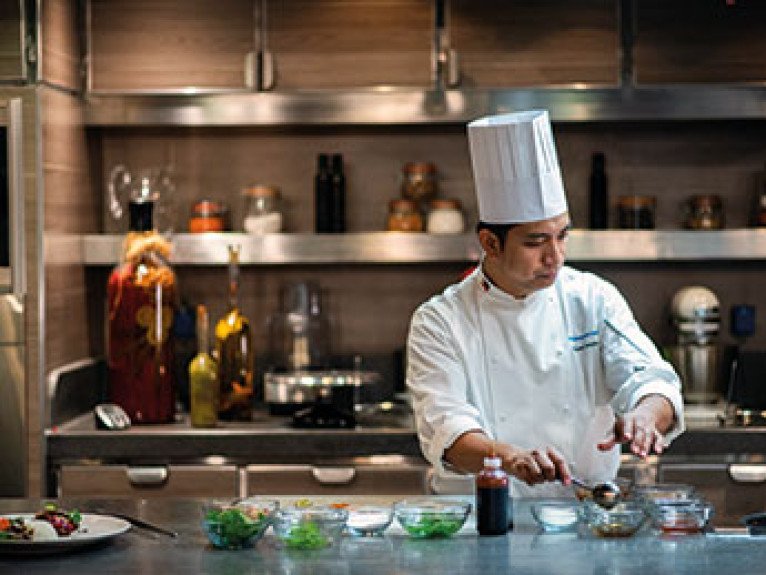
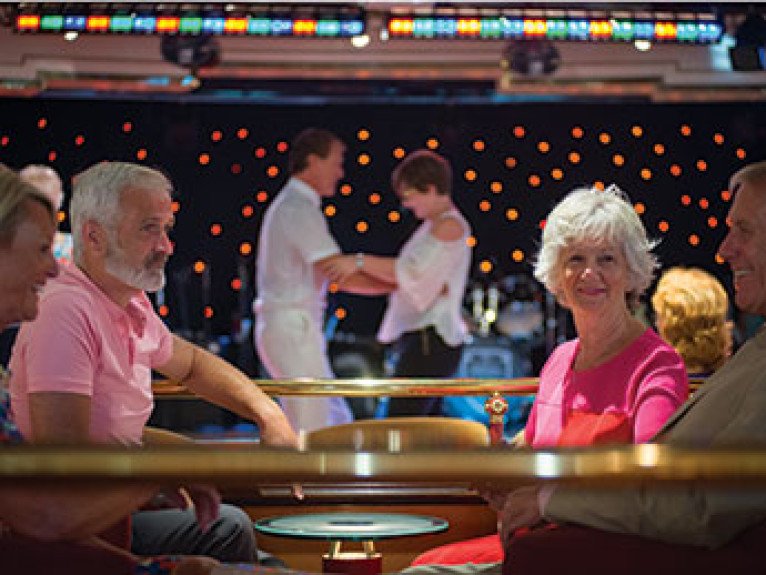
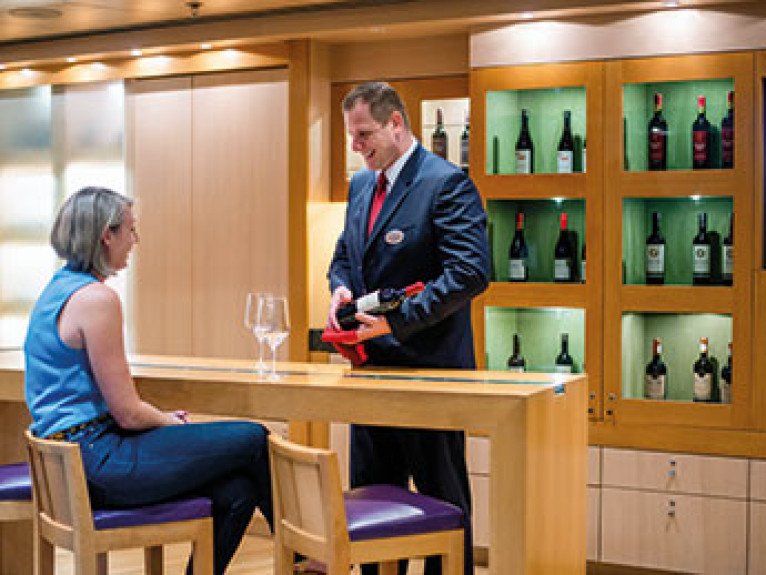
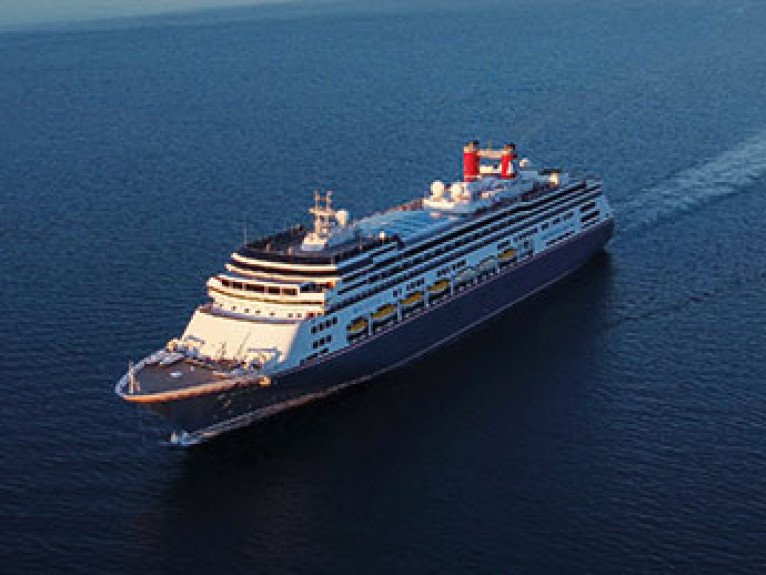
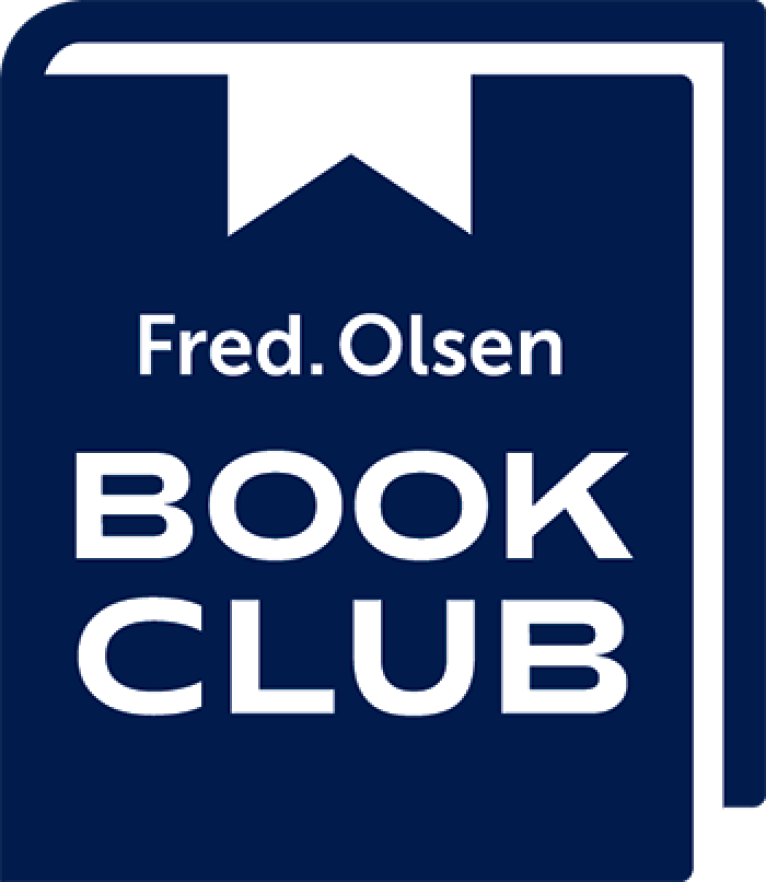
Rib Tours
We encourage our guests to head off on a journey of discovery in every destination to really get the most out of every moment of their cruise. Taking exploration to the next level are our on board RIBs, these exciting crafts offer our guests the chance to be immersed in destinations in a way few others get to enjoy. Whether you're breaking new ground by venturing even deeper into a stunning fjord, heading off on a scenic journey to an untouched beach, or sailing past an isolated spot of spectacular coastline only accessible by boat, you'll have an unmissable chance to see things on or by the ocean that regular cruise line guests never see.










Marquee Bar
With its large windows, spectacular glass roof and beautiful décor and furnishings, the Marquee Bar provides guests with the perfect place to relax or meet up with new found friends. With a selection of beers, wines and expertly-created cocktails available, it's the perfect venue for a pre or post-dinner drink, or for joining your fellow guests after enjoying a day ashore.


Pools & Jacuzzis
Keep fit by swimming a few lengths, or cool down after relaxing in the sunshine on deck in either of Balmoral’s large, heated saltwater pools. Located in the centre of Marquee Deck and at the stern of the ship on Lounge Deck, both pools are urrounded by open deck space and plenty of loungers, so are perfect for soaking up the sunshine or losing yourself in a good book. For blissful relaxation, head for the Jacuzzi and let the warm, bubbling water soak any cares away, while you chat with fellow guests.
Little Skippers Club
On Fred. Olsen’s peak holiday season cruises, it is our pleasure to welcome your ‘Little Skippers’ aboard our ships and into our fun, friendly and engaging kids club.
Run by professional hosts, the Little Skippers Club is designed to ensure children aged between 5 and 11, and their parents or grandparents, get the most from their holiday. Leave your children with us and we’ll keep them entertained with a variety of creative and exciting activities and events, such as arts and crafts sessions, deck games, treasure hunts, quizzes, cookie and pizza making and much more.
All activities, plus timings for children-only pool sessions, are advertised in the Little Skippers Club’s ‘mini’ version of the Daily Times, which is available in Guest Services each day. So, you can plan your time relaxing by the pool, in your favourite bar or even the soothing Atlantis Spa, safe in the knowledge that your children are enjoying their time on board too.
*Please note Little Skippers is run subject to numbers.
The 'Little Skippers Daily Times' will be available to collect from Guest Services each day and will detail a variety of fun activities for our Little Skippers! Exact activities will vary from cruise to cruise, but we've listed some example activities below:
- Treasure hunts
- Table Tennis
- Bean Bag Toss
- Dolphin Racing
- Arts & crafts
- Deck Quoits
- Silent disco
- Competitions
- Games night/Movie nights
- Cookie Baking & Decorating
- Swimming
Parents/Guardians: Under 5’s must be accompanied by a parent or guardian who is over 18. If there are no children within 30 minutes of a session’s start time the Little Skippers Club will not run for that session.
Marquee Deck 11

- The Observatory
- The Marquee Bar
- Jacuzzis
- Swimming Pool
- Sun Deck
- Golf Net
Highland Deck 10

- Spey Restaurant
- Avon Restaurant
- Atlantis Spa
- Fitness Centre
- Balcony Junior Suites
- Saver Ocean View Cabins
- Premier Suites
- Superior Suites
- Marquee Suites
Bridge Deck 9

- Laundry Room
- The Bridge
- Balcony Cabins
- Superior Interior Cabins
- Single Interior Cabins
- Balcony Junior Suite
- Superior Suite
Lido Deck 8

- Lido Bar
- Speciality Restaurant
- Lido Lounge
- Sports TV
- Superior Ocean View Cabins
- Single Ocean View Cabins
- Single Superior Ocean View Cabins
- Balcony Junior Suites
- Superior Interior Cabins
- Balcony Cabins
Lounge Deck 7

- Jacuzzis
- Swimming Pool
- The Poolside
- Scoops Ice Cream
- Palms Café
- Tea & Coffee Station
- Morning Light Pub
- The Bookmark Café
- Card Room
- Open Promenade
- Future Cruise Information
- Boutique Shops
- Neptune Bar
- Neptune Lounge
Main Deck 6

- Ballindalloch Restaurant
- Flower Shop
- The Photo Gallery
- Guest Services
- Destination Services
- Port Shop
- The Oriental Tea Room
- Superior Ocean View
- Single Interior Cabin
- Interior Cabin
Atlantic Deck 5

- Ocean View Cabins
- Interior Cabins
- Superior Ocean View Cabins
Coral Deck 4

- Ocean View Cabins
- Interior Cabins
- Single Ocean View Cabins
Marina Deck 3

- Laundry Room
- Arts & Crafts Room
- Medical Centre
- Single Ocean View Cabins
- Ocean View Cabins
- Interior Cabins
- Single Interior Cabins
Balmoral Cabins & Suites




Superior Interior Room






Superior Ocean View



Single Balcony Suite









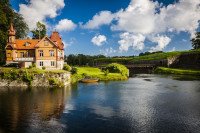






-large_thumb.jpg)









